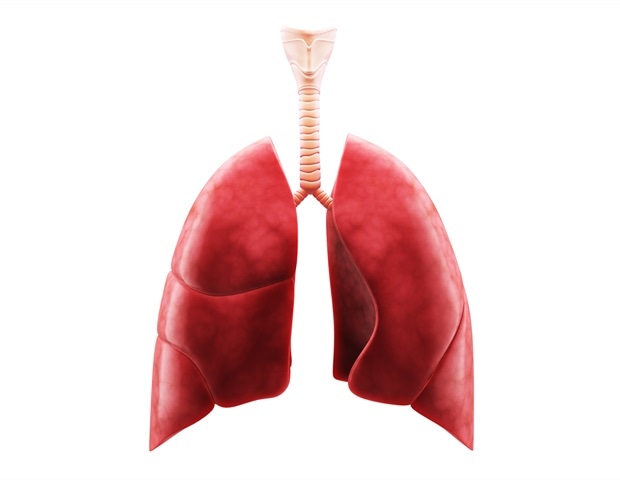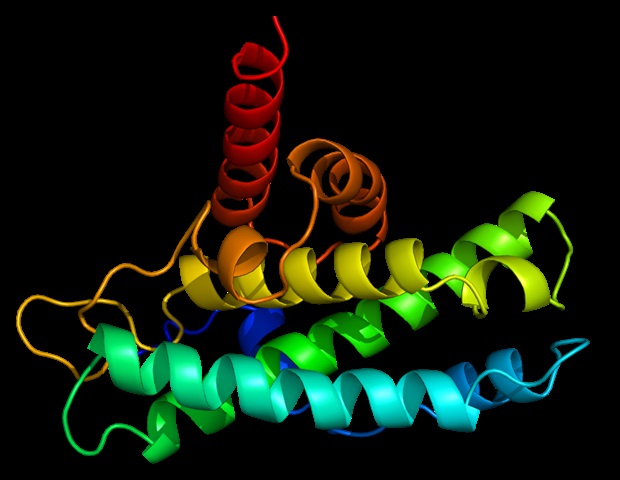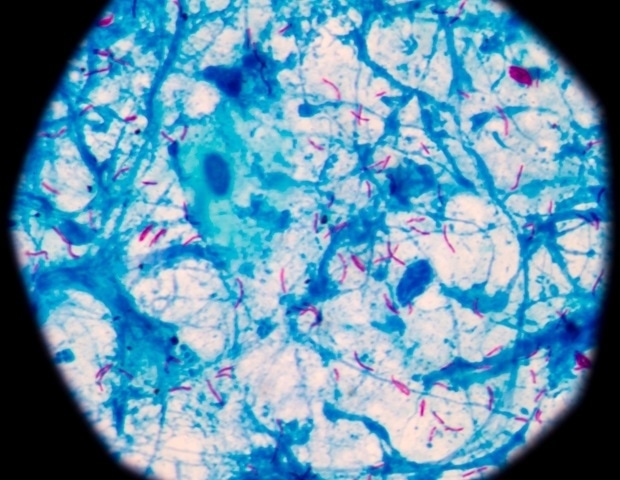In a recent study published in JAMA Internal Medicine, researchers in Australia, Denmark, and the United States pursued evidence of an association between daily walking and its intensity with the risk of cancer and cardiovascular diseases (CVDs) in a cohort of 78,500 individuals aged 40 to 79 years in the United Kingdom (UK).
Study: Prospective Associations of Daily Step Counts and Intensity With Cancer and Cardiovascular Disease Incidence and Mortality and All-Cause Mortality. Image Credit: dolphfyn / Shutterstock
About the study
In the present study, researchers screened 236,462 individuals in the UK Biobank with a legit email address between February 2013 and December 2015. They asked these individuals to wear an accelerometer for seven consecutive days to measure physical activity. The team analyzed data from only those individuals who wore the accelerometer for three or more valid monitoring days, including sleep periods and at least one weekend. Accelerometers collected data with a 100-hertz sampling frequency in a dynamic range of ±8 g.
The team classified physical activity types with an accelerometer-based machine-learning scheme encompassing sedentary behavior, small utility movements, walking, and running. Next, they calculated daily walking steps using the Verisene step-count algorithm for wrist accelerometers. The primary endpoint was daily walking step counts, calculated as the average per day across all valid study days.
The researchers obtained mortality data for deaths between September 30 and October 31, 2021, through the National Health Service (NHS) and cancer data from national cancer registries. They limited the analyses to cancer outcomes in 13 sites shown to be associated with low physical activity, assessed in a previous study. Likewise, the CVD outcomes covered fatal and non-fatal coronary heart disease, heart failure, and stroke. Further, they included primary and secondary cancer and CVD diagnoses.
Statistically, the researchers described the samples by tertiles of mean daily walking steps and peak-30 cadence. They reported results in log-relative hazard ratios (HRs) and associated 95% confidence intervals (CIs). It is noteworthy that cadence-based stepping metrics indicate <40 steps per minute as incidental steps; ≥40 steps/min as purposeful steps., It also reflects stepping intensity, where the peak-30 cadence is a maximum of 30 average steps per minute but not necessarily consecutive. The team compared the magnitude of associations across cadence-based metrics. They reported MRC for each 10% increment of the pre-specified knots of 10th, 50th, and 90th percentiles of exposure distribution. Finally, the team estimated the linear mean rate of change (MRC) in the log-relative HRs for morbidity and mortality outcomes for every 2000 daily step increments.
Study findings
In total, 103,684 individuals agreed to wear the AX3 accelerometers on their dominant wrist 24 hours per day for seven days. They were healthy, enjoyed a higher socioeconomic status, and were predominantly women. Likewise, the study sample for mortality outcomes included 78,500 participants, with a mean age of 61 years, and 55% were women. There were 10,245 incident CVD events during the median follow-up of 6.8 years and 2,813 incident cancer events in nearly the same follow-up time.
The authors noted an association of daily steps with mortality and morbidity for up to 10,000 steps per day. Accordingly, MRC for each 2,000 steps increment for all-cause mortality, cancer, and CVD were 0.08, 0.11, and −0.10, respectively, indicating a lowered risk with higher daily step counts. While this observation is similar to that seen in younger participants, it is 20% higher than previously observed in participants aged 60 years or more. Further, the authors observed a similar trend for cancer and CVD incidence. For cancer and CVD incidence, they observed a lower risk with a higher number of walking steps and light-intensity steps. However, moderate and moderate-to-vigorous intensity steps had additional associations with the risk of incident cancer. The sensitivity analyses revealed that modifying participant age, sleep patterns, body mass index, or diet did not alter the observed association patterns.
Conclusions
The current study results showed that purposeful steps and peak-30 cadence were consistently associated with lower risk of all-cause mortality outcomes, cancer and CVD incidence, and cancer and CVD-related morbidity and mortality. Moreover, higher step intensity might provide additional benefits. The study, thus, highlighted the potential value of 10,000 or more daily steps for optimal health. The study data could significantly contribute to step count−based recommendations to the current physical activity guidelines, which might be especially relevant for those individuals who mostly perform incidental, unstructured, and unplanned physical activity.
Journal reference:
- Prospective Associations of Daily Step Counts and Intensity With Cancer and Cardiovascular Disease Incidence and Mortality and All-Cause Mortality, Borja del Pozo Cruz, Matthew N. Ahmadi, I-Min Lee, Emmanuel Stamatakis, Prospective Associations of Daily Step Counts and Intensity With Cancer and Cardiovascular Disease Incidence and Mortality and All-Cause Mortality. JAMA Intern Med. 2022. DOI:10.1001/jamainternmed.2022.4000, https://jamanetwork.com/journals/jamainternalmedicine/fullarticle/2796058




_6e98296023b34dfabc133638c1ef5d32-620x480.jpg)







